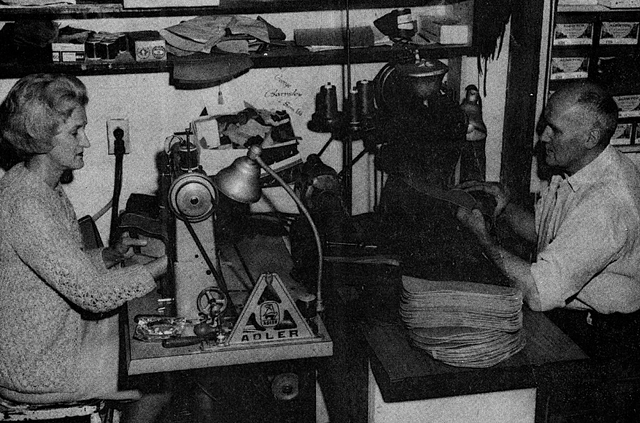The Family Business
15th May, 2023
In the wake of World War I, Edwin moved from Saskatchewan to British Columbia in order to focus on the business of boot-making.
He turned his expertise of creating what he believed to be one of the most robust boots available into products for the logging industry.
Alongside him were his wife Gladys and his eldest daughter Crystal both of whom contributed to the success of creating some of the most durable and supportive boots available.

With the family now firmly rooted in bootmaking, Edwin started to develop beyond the traditional heavy-duty work boots. He started incorporating what he learnt from making hand-welted shoes back with his father by introducing a line of dress shoes, western and hiking boots using Channeled Insole Goodyear Welt. He believed that this method of Goodyear closely reflected what he was able to do by hand.
The company eventually settled in Victoria, where a much larger competitor in Vancouver dominated the market. To compete, Edwin doubled-down on quality, maintaining the hand-last for the Viberg Service Boot and making sure no pair ever left the hand of a craftsman even when using machines.


By 1970, Viberg had become a "byword for durability" among British Columbia miners and loggers, and Edwin's son, Glen, who had helped out at the factory since age 11, took the lead in bringing the brand's rugged boots into the global marketplace. To make the world's best footwear, Viberg sourced the finest materials: oak sole leather from Australia, water buffalo hides from India, rust-proof brass nails and tacks from England, tricouni edge nails from Switzerland, and Irish linen thread.
As word of the boots spread, Viberg came to outfit an international clientele, from Himalayan mountaineers to African adventurers to British businessmen.


